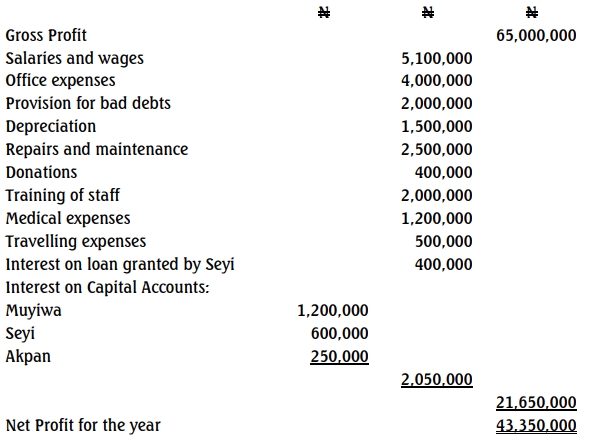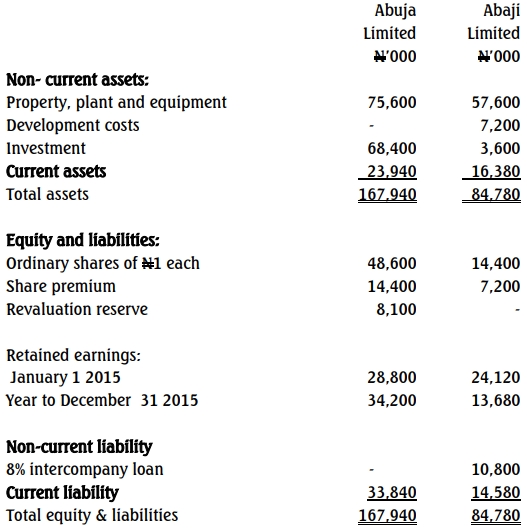- 15 Marks
CSME – May 2017 – L2 – SC – Q7 – Corporate Governance
Explain the Nolan principles guiding public life and discuss standards for ethical conduct in the public sector.
Find Related Questions by Tags, levels, etc.
- Tags: Accountability, Ethics, Integrity, Nolan Principles, Public Sector
- Level: Level 2
- Topic: Corporate Governance
- Series: MAY 2017
Report an error


